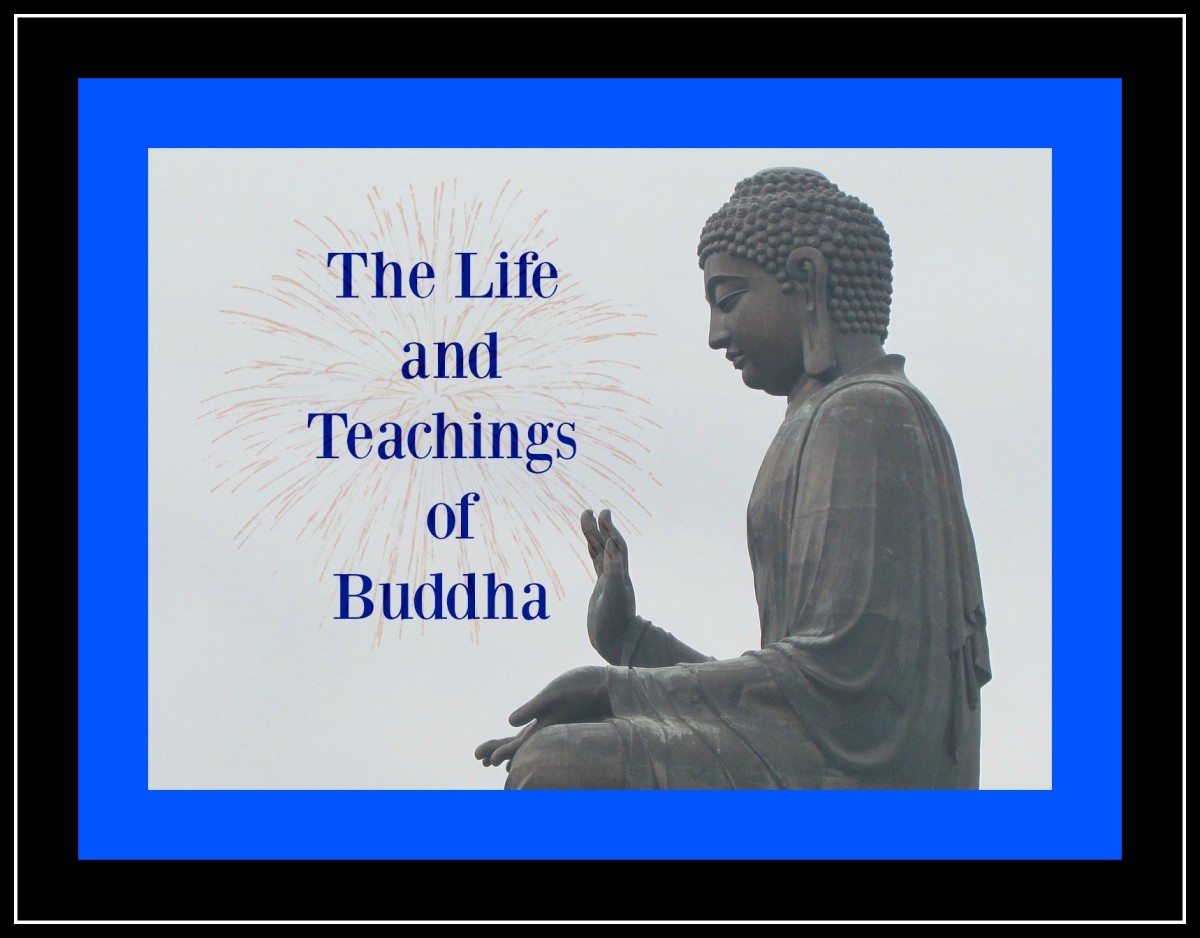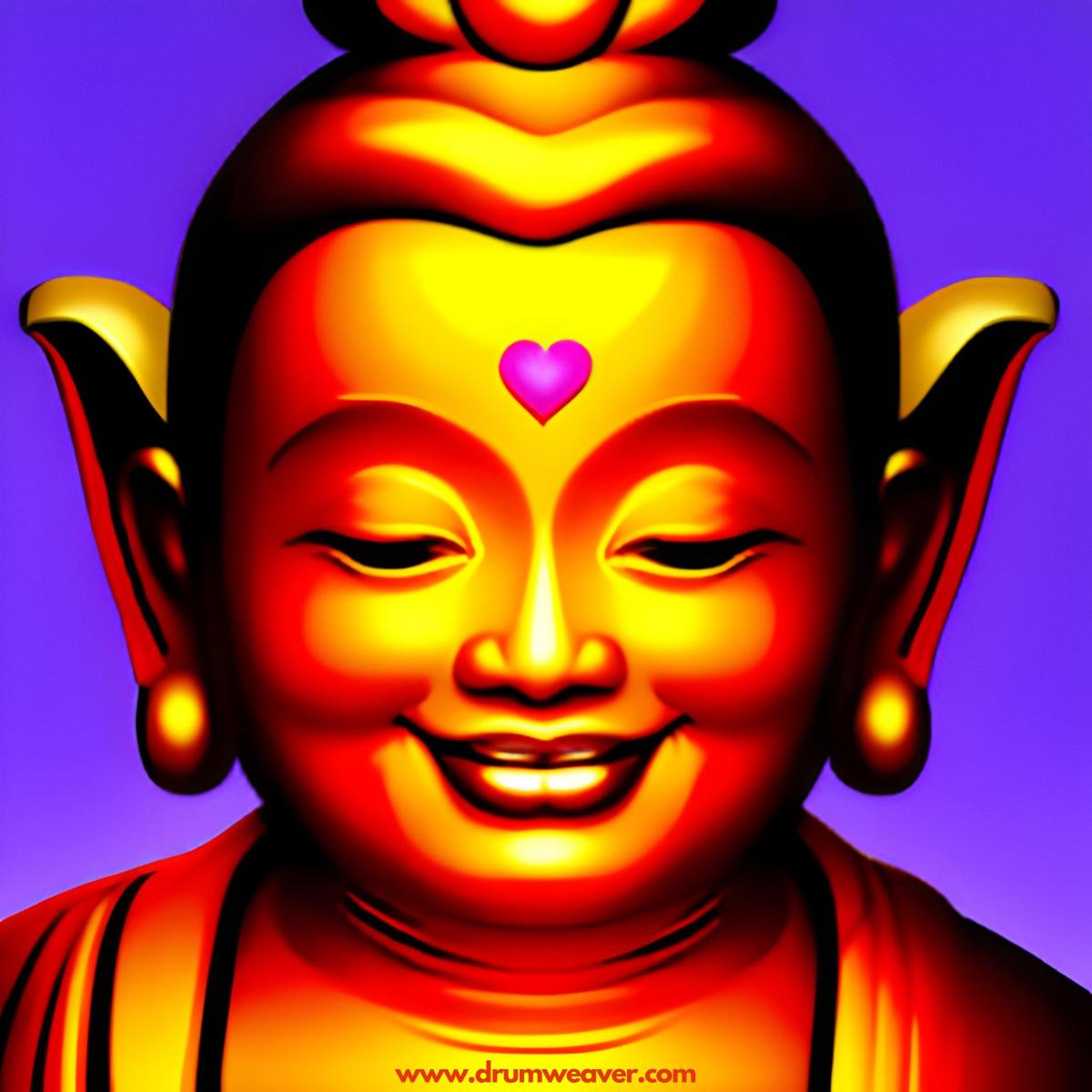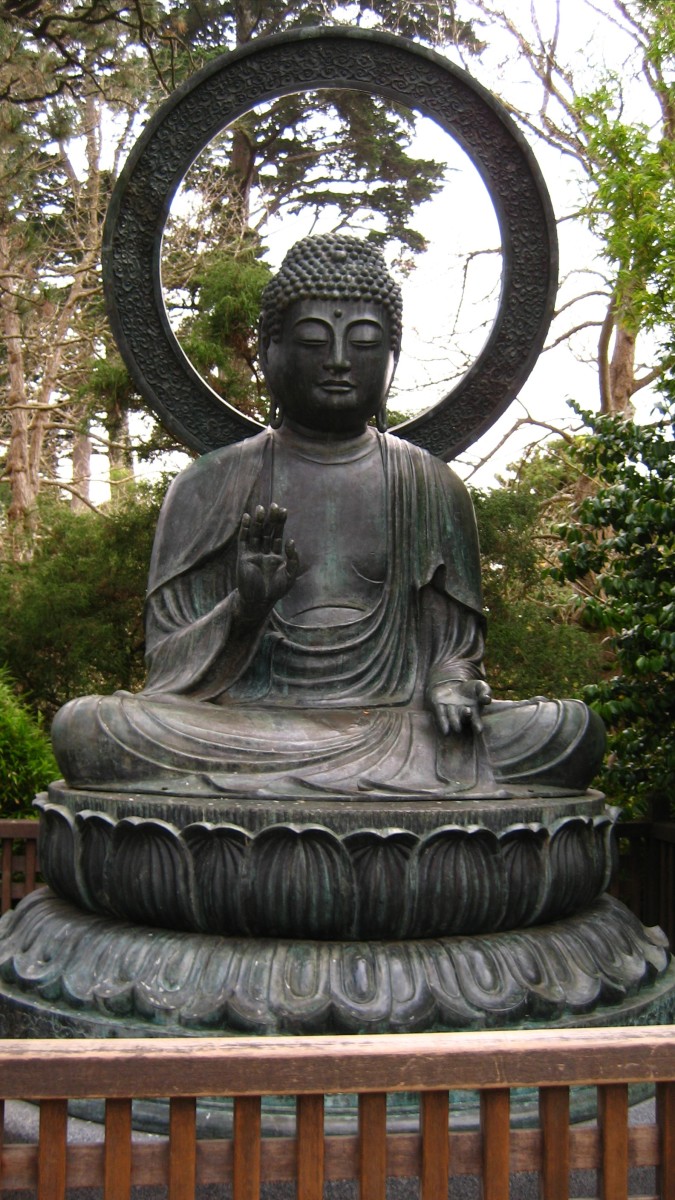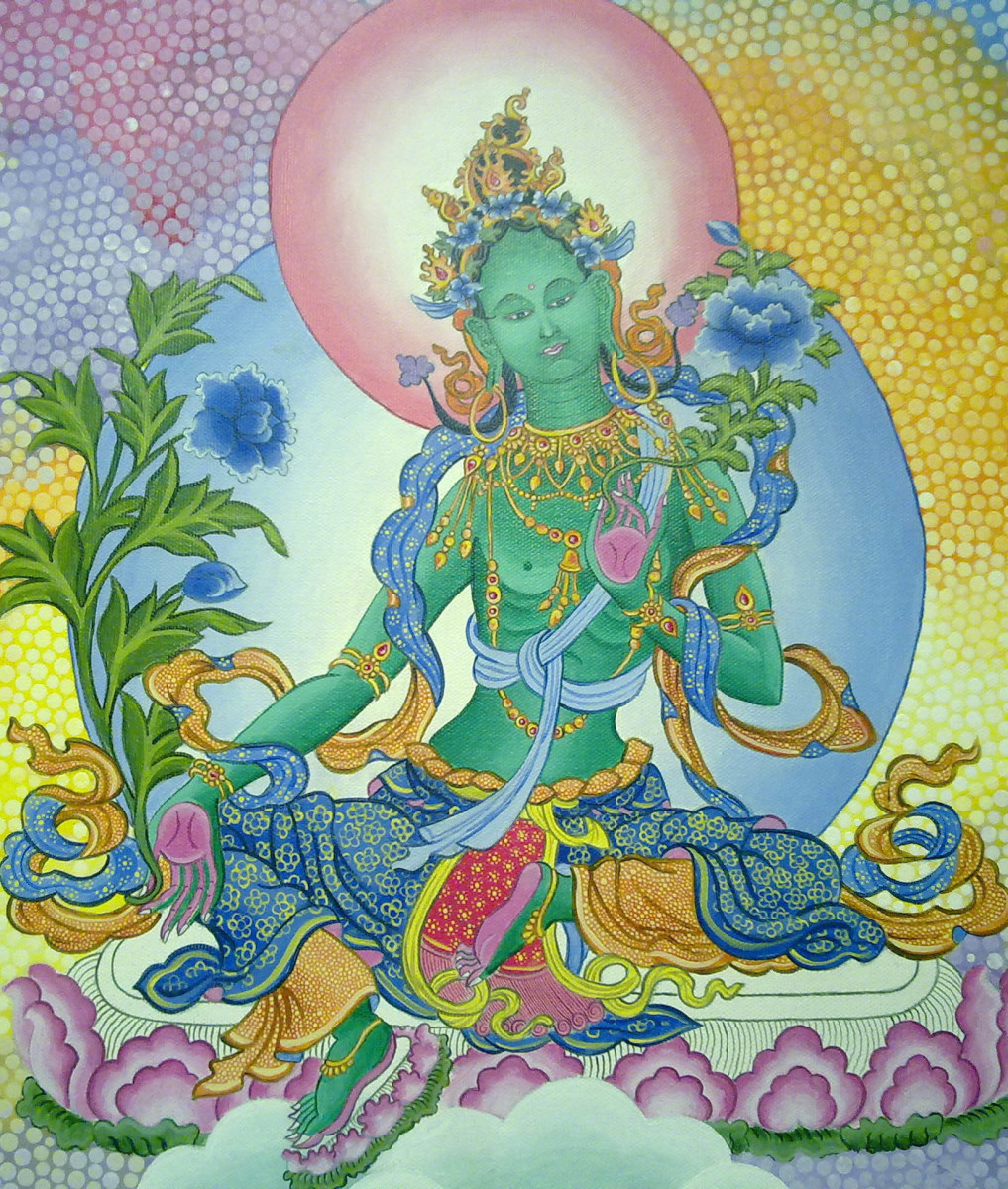Who was the Buddha and What did he teach? I say Buddhism is the Best Religion
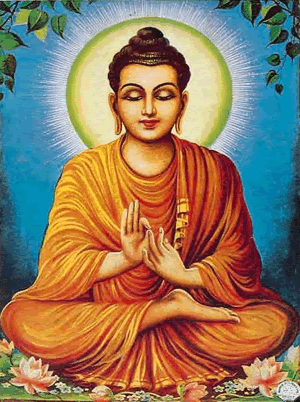
Gautama Buddha
Siddhartha Gautama was born in 623 B.C, only son of the great king Sudodana of Kapilavastu, in northern India. His mother was the beautiful Queen Maya. He was a boy like any other, full of ambition and energy. Being the Crown Prince, he received the best education possible at the time. He was the best of riders, a great fighter and archer as well as a mental genius. Growing up, he became interested in discovering the cause of all sufferings of life. Became contemplative, lost interest in sports and politics. Despite the father's request to take over the throne, he abandoned his beautiful palace and became a seeker of truth. He was only 29 years old then.
"Buddha" is a Sanskrit term meaning "The Shining." Buddha was not a god, nor any kind of god or a prophet as there are in many other religions. Buddha was a man who found the truth and lived the truth.
He traveled across the country looking for teachers and teachings through which could solve the many problems of life. And so it went on for six years, studying in all the schools of religion and philosophy. However, none of those schools offered him a satisfactory answer.
One day, after bathing in the waters of Nairanjana, sat and meditated under a fig tree, and there, after all those years of observation and experience, finally discovered the truth, attained enlightenment and called himself a Buddha..
Buddha, after his enlightenment, gave his first teaching in the Deer Park, on the outskirts of the city of Benares. The content of that first sermon was the famous Four Noble Truths and the Eightfold Path, which constitute the foundation of the Buddhist teachings. The Buddha's teaching is not theology or metaphysics. Buddha did not speculate about the unknowable, as an unfathomable beginning or end. There is no beginning or end in eternity. He did not conceptualize eternity. Eternity is now. It includes the eternal past and the eternal future. This is the eternal-present.
For forty-five years Buddha taught the way of life he found himself. He was a philosopher, psychologist and spiritual leader. He was the first to deny the caste system, saying that a man should be judged by their qualities and not by birth. Therefore, against the strong conformism of his time, was brave enough to report the rigid caste system of India. It was against the complex religious rituals of those days. He did not believe in the dual idea of a self or soul as an independent separate entity. He explained that all things are related to each other by the Law of Cause and Effect.
Buddha's teachings come from his own observations and experiences in life in this world.The Four Noble Truths are explained as :
. Recognition of suffering: we may not recognize it, but we have it. We have a lot of suffering, misery and problems in our life. Life involves suffering is a fact and all beings are subject to suffering. The first of the Four Noble Truths stated by Buddha was not a theory or speculation, but the fact of life and existence.
. The cause of suffering: In Buddhism there is no miracles or fate; every suffering has defined causes. Buddha was like a doctor examining a patient and discover the cause of his illness. For this reason, he was frequently called as life doctor. The cause of suffering is ignorance.
Overcome the causes of suffering. Ignorance, cause of suffering can and must be overcome or transcended. But how?
The way to overcome the suffering is the Eightfold Path.
Life of Buddha
The Eightfold Path is symbolized by the Wheel of Law or Wheel of Life (dharmachakra), which is the international symbol of Buddhism. The eight spokes represent the eight paths of life or law that are in motion. The wheel symbolizes the movement. Life is dynamic and always moving. The eight spokes run from the central point, which symbolizes truth, and are surrounded by a rim or edge, which represents wisdom and compassion.
The Eightfold Path consists of: right understanding, right thought, right speech, right action, right effort, right concentration, right livelihood and right mindfulness. By living the Eightfold Path, we can overcome the causes of problems and suffering.
Frequent misunderstandings and lack of understanding in the private or domestic life and social and international life show how much we need the right understanding in our lives.We need a correct understanding of things, events and relationships as well as life itself, so that we can overcome the problems caused by ignorance.
The meaning of this "right", as used throughout the Eightfold Path, is very important. It is not about right versus wrong. This is ‘correct’ in the absolute sense, not in moral and relative sense. ‘Correct’ is above and beyond the right / wrong duality. ‘Correct’ or truth changes depending on different situations and conditions. There is no correct or truth which is immutable, permanent or static. Therefore, the term "right" is used in an absolute sense, not an ethical or moral sense.
Buddha saw the world in which we live with continuous change. All things change, nothing is permanent. All things, ideas, ideals, character and personality, morals, cultures, economic conditions, political situations and all that exists is constantly changing.Because of this continuous change of all things, we constantly need to face new situations and this creates many problems and often suffering.
Ignorance is the cause of all problems and sufferings. Ignorance about ourselves is the greatest of all ignorance. The first teaching of the Buddha in the search of the path is: First of all, know yourself. Socrates devoted his life to "know thyself" and Buddha taught the same way. A person needs to know what he is before he can do anything to achieve peace, happiness or freedom. Many people think they know what they are, but we must remember that the "I" of yesterday is not the "I" of today or the "I" of tomorrow. We are continually living a new life. There is no unchangeable self. Buddha emphasized the uniqueness and importance of self. "Be yourself" is the important teaching of Buddhism.
All Buddha's teachings point to the immediacy, spontaneity, detachment, non-duality and unity of life.

